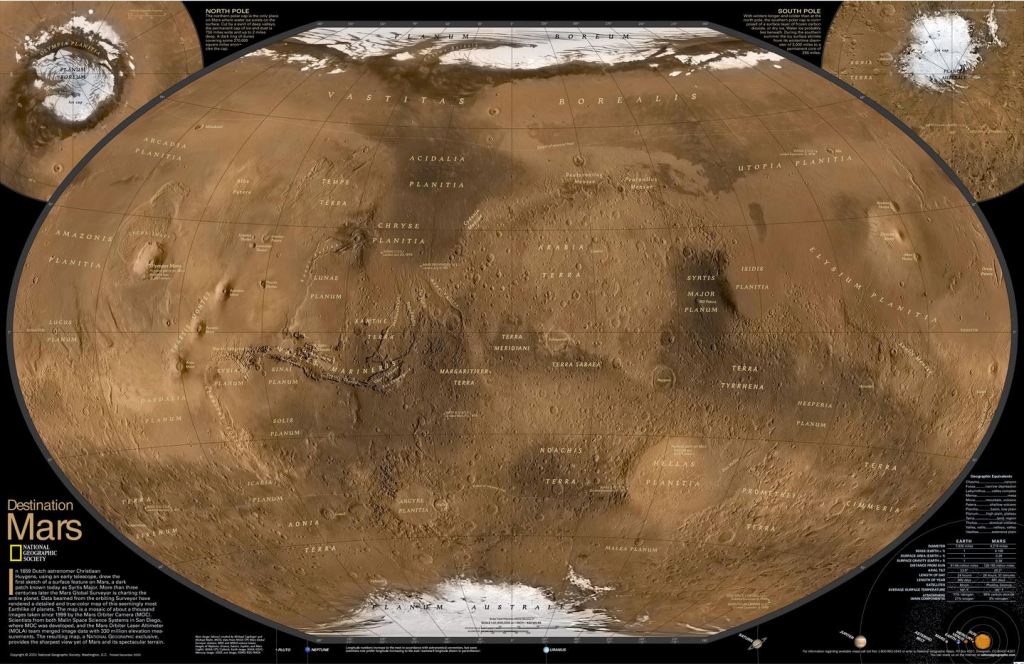NASA’s Maven has arrived at Mars and has safely settled into orbit
Now begins its mission of investigating the high atmosphere of the red planet, in hopes of shedding new light on the mystery of just how Mars lost its atmosphere.
After 10 months in spaceflight, and a 33 minute burn to slow the orbiter enough to be captured by Mars’ gravity. And while it focuses on its science goals, some 48 hours later the first Mars satellite from India will arrive to further similar studies, including the attempt to observe methane, which could be a sign of active biology on a planet once thought to be dead.
But the question of life on Mars, past or present, may not be answered for many years to come.
